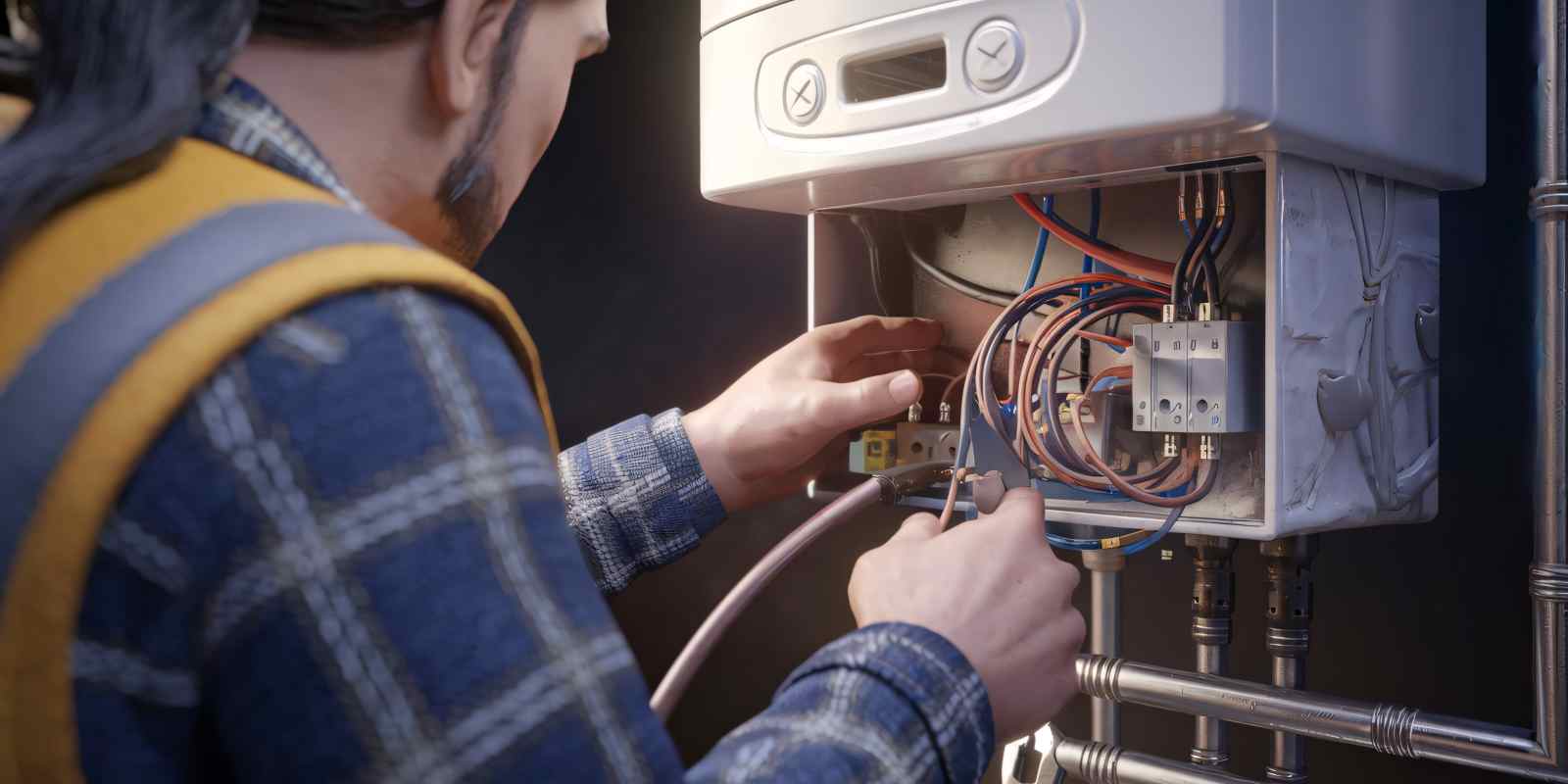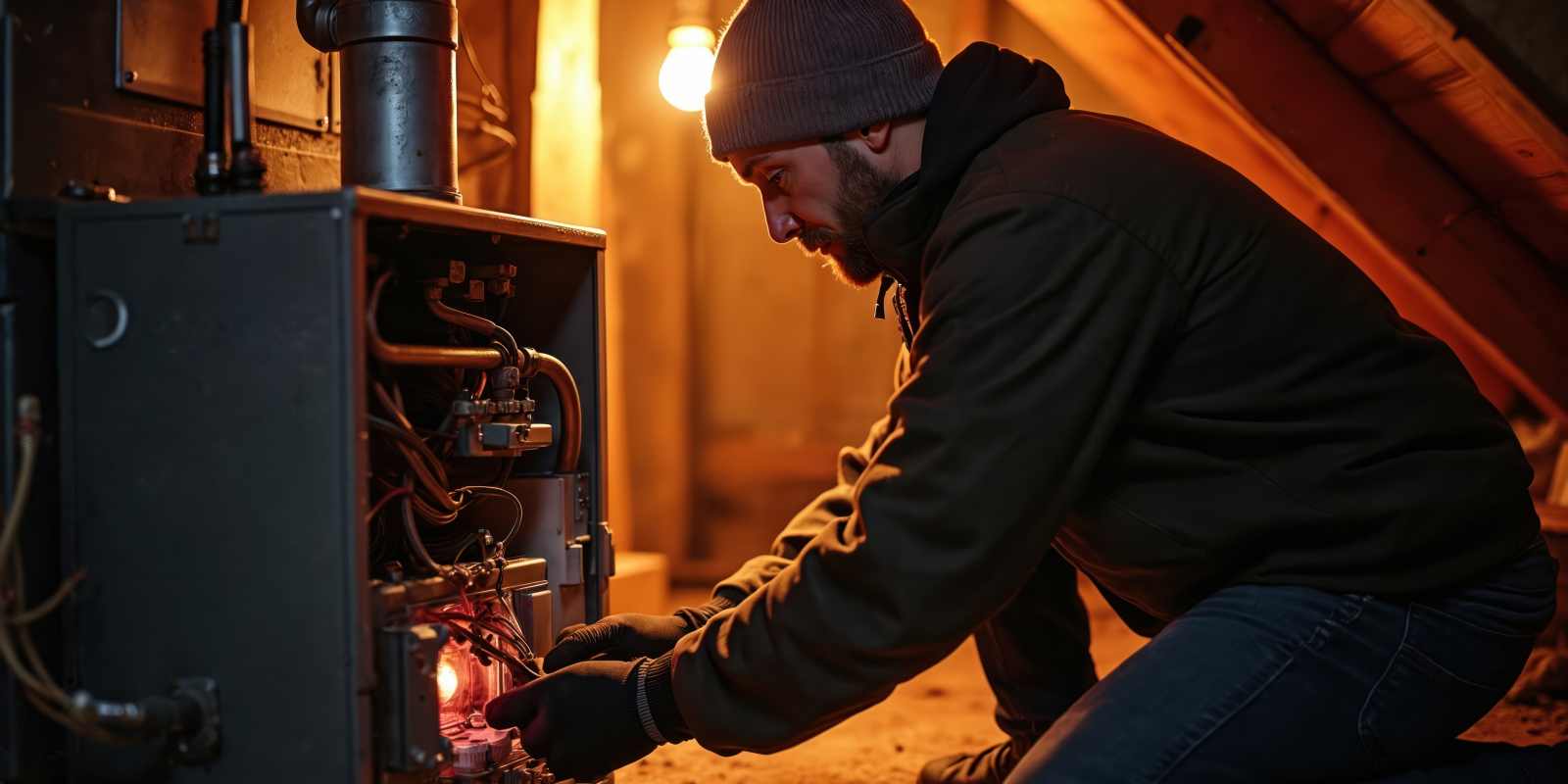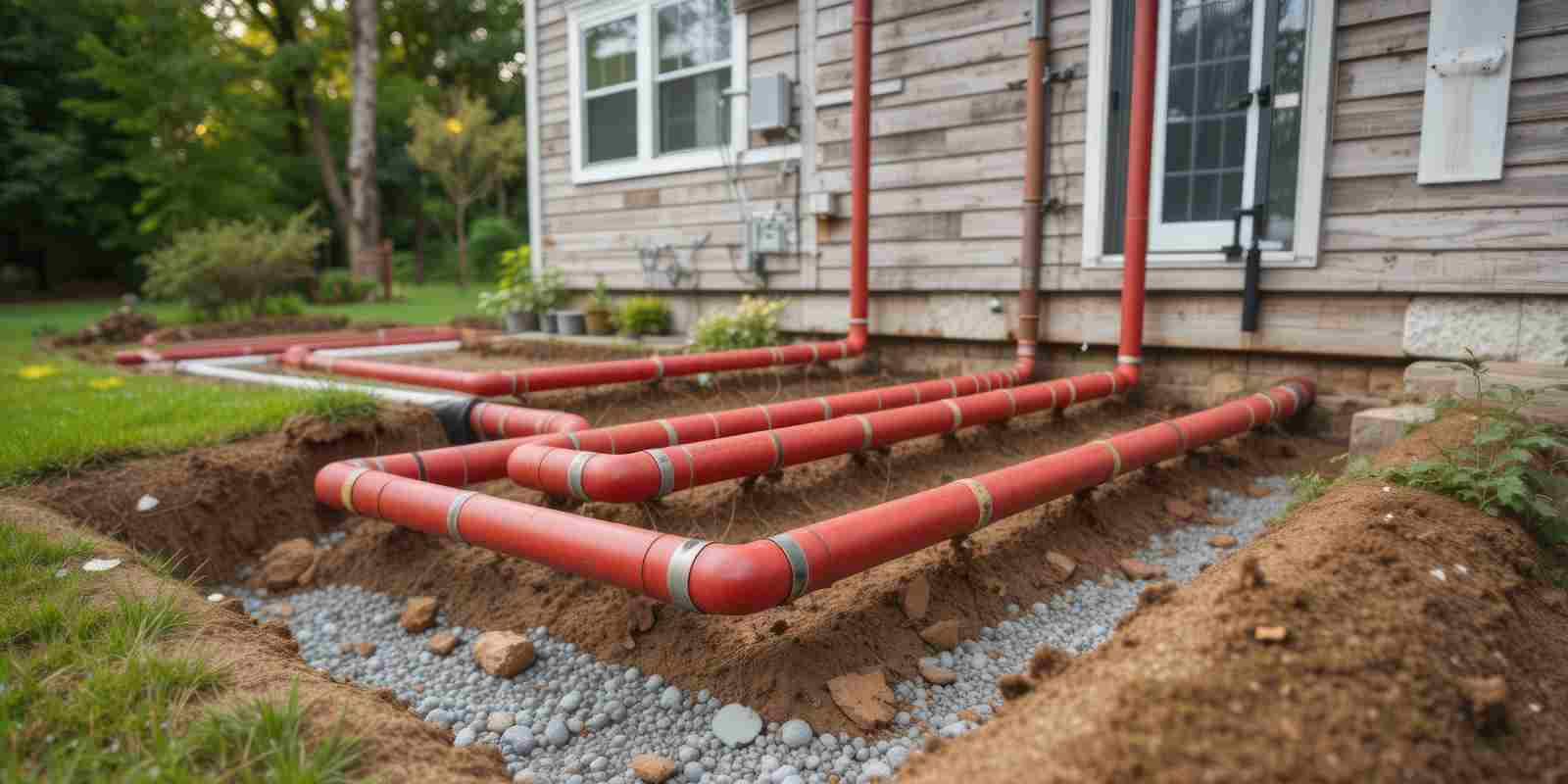 According to LifeScience, roughly 20% of American’s suffer from seasonal allergies. As the pollen count creeps up, many people will find comfort inside because of itchy eyes and throats. With regular maintenance, air conditioning can actually help alleviate allergy symptoms. Here’s how:
According to LifeScience, roughly 20% of American’s suffer from seasonal allergies. As the pollen count creeps up, many people will find comfort inside because of itchy eyes and throats. With regular maintenance, air conditioning can actually help alleviate allergy symptoms. Here’s how:
Filtering the Air
An air conditioners job is to cool your house, but it does this by removing the warm air from inside of your home. The air is then cycled through the system and returned after the cooling process takes place. Before this happens, the air passes through a filter where pet dander, dust and any irritant particles are stopped from continuing through the system. So even if pollen finds its way inside through an opened door, it will essentially by filtered out of the system
Properly Maintaining Your HVAC Unit
Let’s say you didn’t change your filter regularly. Just as any other filtering system, it can fill up making it hard for actual air to get through. This will happen when those dust particles build up to a point where they have nowhere else to go. In this case, they will blow black into your home all of the unwanted particles that your unit has been filtering out.
The best way to maintain this air quality is to regularly change your filters, which is recommended every 90 or so days.
Controlling Moisture Levels
Too much humidity in the air can cause a very wet environment inside of your HVAC system. When consistent humidity is filtered through the system, this can cause mold and bacteria to form which, in-turn, gets blown back into your home. This can harm people with allergies to mold, but also lowers the quality of your air. You can prevent this by using a dehumidifier.
{{cta(‘e29e4a89-a536-4860-bd8f-9698c8e08d83′,’justifycenter’)}}



